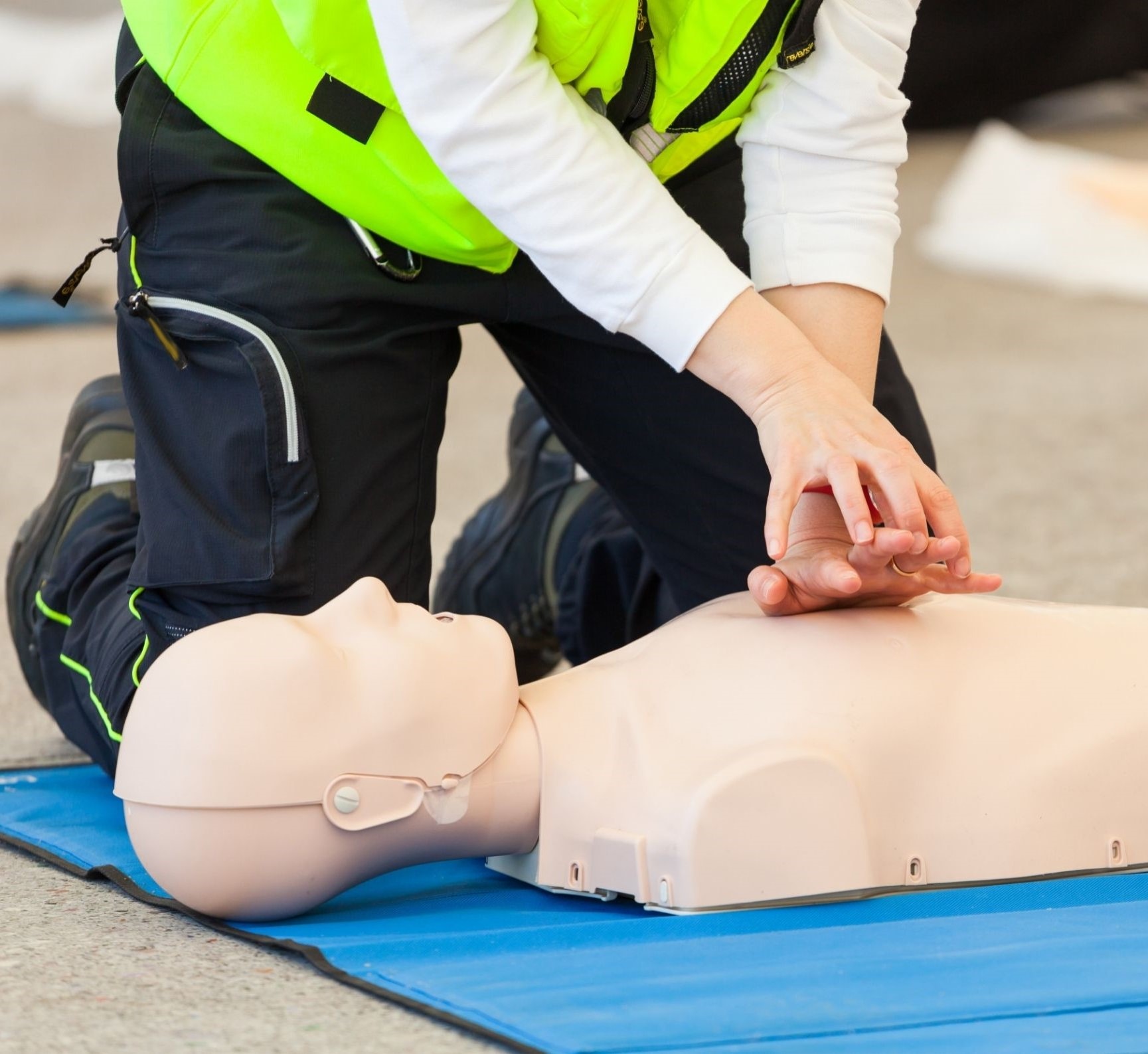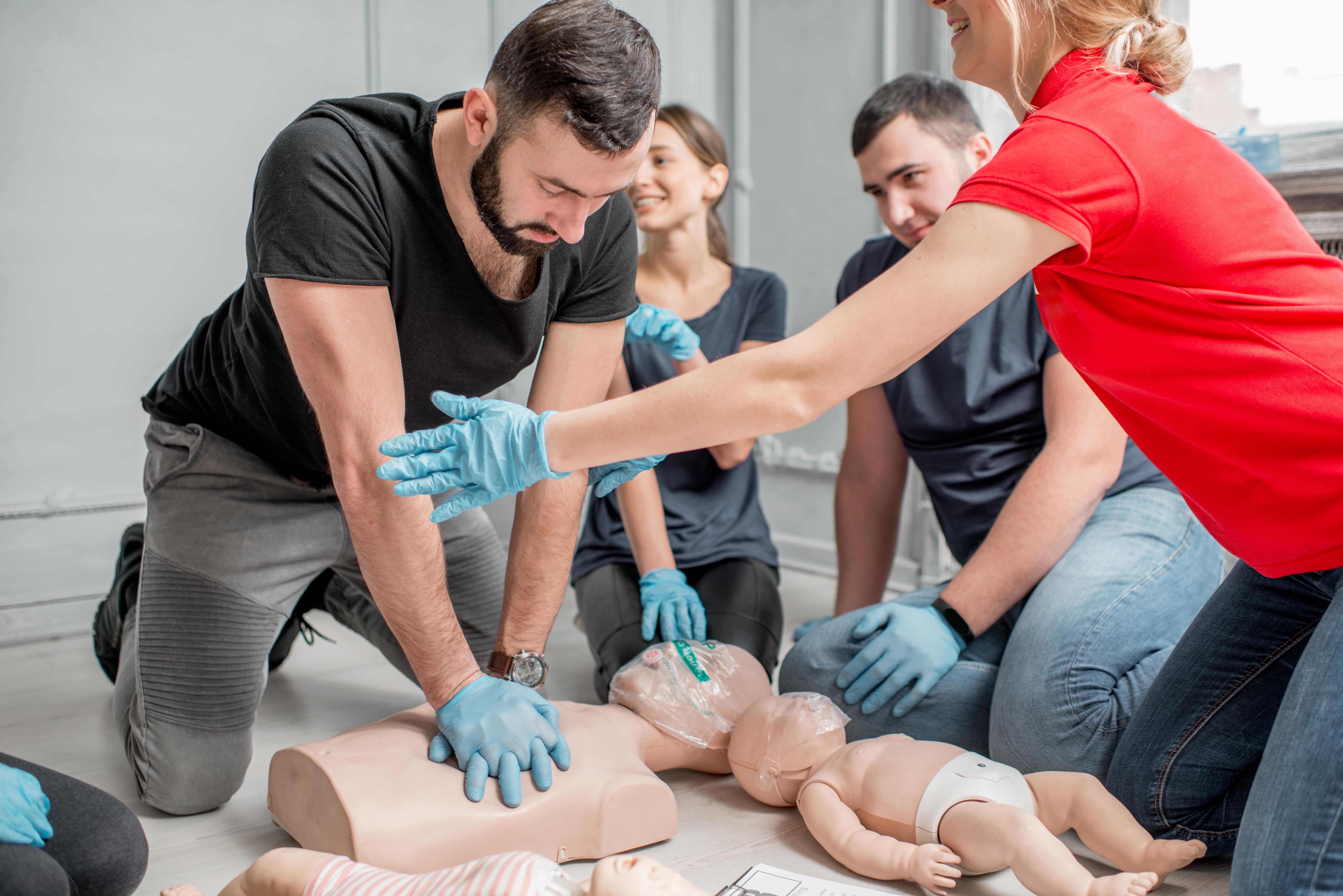Introduction
Cardiopulmonary resuscitation (MOUTH-TO-MOUTH RESUSCITATION) is a lifesaving method that everybody should understand. Nevertheless, regardless of its essential value, countless mistaken beliefs surround mouth-to-mouth resuscitation methods and qualification. Lots of people could be reluctant to obtain accredited due to these misconceptions, which can eventually set you back lives in emergency situation circumstances. This article intends to disprove widespread myths about CPR while emphasizing the value of getting accredited via accredited first help courses By recognizing the facts, you can encourage yourself and possibly conserve a life.
Common Mistaken beliefs Regarding mouth-to-mouth resuscitation and Why You Need To Obtain Certified
What Is mouth-to-mouth resuscitation? Recognizing the Basics
CPR represents cardiopulmonary resuscitation, a treatment made to restore breathing and flow in a person who has actually quit taking a breath or whose heart has ceased whipping. The strategy involves upper body compressions combined with fabricated ventilation strategies such as mouth-to-mouth breathing or using a bag-mask device.
- Key Components of CPR: Chest Compressions: These assist keep blood flow to essential organs. Rescue Breaths: These give oxygen to the lungs. Automated Exterior Defibrillator (AED): A device that can surprise the heart back into rhythm in situation of specific heart arrests.
Misconception 1: Only Doctor Can Execute CPR
One typical myth is that only trained physician can do CPR successfully. While doctor are definitely skilled at it, any person can discover how to perform mouth-to-mouth resuscitation via CPR courses
- The Truth: Laypersons can be educated to provide effective CPR. Basic methods are straightforward and can be grasped by any individual willing to learn. Bystanders usually play vital functions in saving lives prior to professional assistance arrives.
Misconception 2: mouth-to-mouth resuscitation Is Only Useful for Cardiac Arrest Victims
Another widespread mistaken belief is that mouth-to-mouth resuscitation is only for individuals experiencing cardiac arrest. In truth, mouth-to-mouth resuscitation can be useful in numerous emergencies.
- Other Scenarios Where mouth-to-mouth resuscitation Works: Drowning incidents Drug overdoses Choking targets where the respiratory tract has been compromised
Misconception 3: You Should Prevent Giving Rescue Breaths
Many individuals think rescue breaths are unnecessary or perhaps hazardous due to the danger of infection or various other issues. This stems from complication regarding exactly how COVID-19 may influence these practices.

- The Truths: Rescue breaths are essential for providing oxygen. During instances like sinking or opioid overdose, rescue breaths come to be crucial. Hands-only CPR is recommended when someone is untrained or hesitant but knowing both strategies stays vital.
Misconception 4: You Can't Harm Somebody by Performing Mouth-to-mouth Resuscitation Incorrectly
While it holds true First Aid programs Brisbane that executing CPR inaccurately might create some damage, not attempting it in any way may bring about fatality.
- Understanding the Threats: Rib fractures might take place throughout aggressive breast compressions. Any activity taken is better than doing nothing; modern-day guidelines highlight that "something" is much much better than "nothing" during cardiac arrest situations.
Misconception 5: Once You're Educated, You Do Not Required More Training
Some individuals think that when they have actually finished a program, they don't require more training or recertification.
- Why Recurring Training Matters: Techniques advance gradually based upon new research. Regular refreshers maintain your abilities sharp and ensure you're current with existing best practices.
Misconception 6: Children Do Not Need Mouth-to-mouth Resuscitation Training
Parents commonly think they won't require to do mouth-to-mouth resuscitation on their kids due to the fact that children don't experience cardiac occasions as regularly as adults do.

- The Reality for Moms and dads: Children can struggle with breathing issues, choking occurrences, or sinking circumstances needing instant attention. Learning pediatric-specific methods makes sure preparedness during emergencies entailing children.
Importance of Obtaining Qualified in First Aid and CPR Courses
Why Qualification Issues in Emergency Situations
Being accredited in emergency treatment and CPR offers several advantages past simply finding out life-saving skills:
- Enhances self-confidence when dealing with emergencies Increases awareness of security protocols Encourages even more people to advance in emergency circumstances
Benefits of Taking a First Aid Course
Comprehensive Capability: Individuals learn not almost mouth-to-mouth resuscitation however likewise basic first aid principles such as wound care and managing fractures. Legal Defense: Certification often features Good Samaritan laws protection when helping somebody throughout an emergency. Career Opportunities: Numerous jobs need emergency treatment accreditation as component of their security protocols; being accredited boosts employability in areas like mentor, mentoring, health care, and childcare.FAQs Concerning Typical Misconceptions Pertaining To CPR
FAQ 1: What kind of training do I require for reliable CPR?
You should register in acknowledged CPR courses that cover both adult and kid resuscitation methods effectively.
FAQ 2: How commonly should I renew my first aid certificate?
It's recommended to restore your first aid certificate every 2 years considering that guidelines change frequently based upon emerging research.
FAQ 3: Is hands-only compression far better than typical CPR?
For untrained onlookers or those uneasy providing rescue breaths, hands-only compression works however understanding both approaches supplies a higher chance of survival if trained properly.
FAQ 4: What resources are readily available for learning more about very first aid?
Numerous organizations provide on-line sources alongside physical programs; trusted systems include the American Heart Association and Red Cross internet sites which detail first help courses available near you.
FAQ 5: Are there any kind of age restrictions on taking a first aid course?
Most first aid courses welcome participants of every ages; nonetheless, some specialized courses may be geared towards particular age groups (e.g., youngsters vs grownups).

FAQ 6: Does my work environment need me to get certified?
Certain work environments-- especially those including public communication-- usually need staff members to have valid certifications in first aid and standard life assistance (BLS).
Conclusion
Understanding the truth behind usual false impressions concerning mouth-to-mouth resuscitation is vital for raising awareness about this life-saving strategy. Whether you're a moms and dad wanting to secure your youngster or a staff member looking for accreditation for specialist advancement, getting accredited via appropriate first aid courses arms you with the knowledge essential for acting decisively during emergencies. Keep in mind-- anyone can learn just how to do effective mouth-to-mouth resuscitation despite history; do not let misunderstandings hinder you from becoming equipped! So why wait? Register today for a CPR course!
This thorough overview seeks not just to resolve myths surrounding CPCR however also acts as an inspiration for every person to look for accreditation so they too can contribute favorably during emergencies!